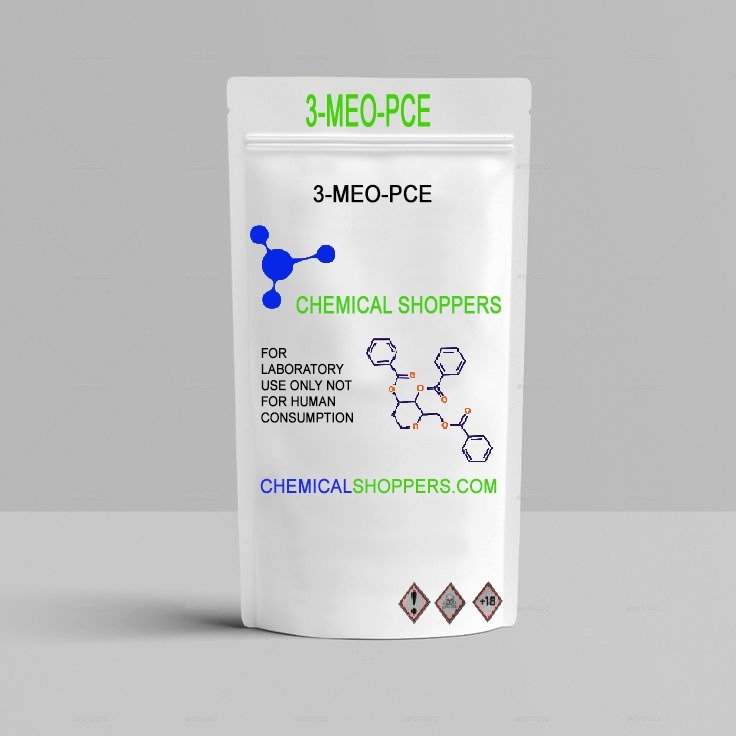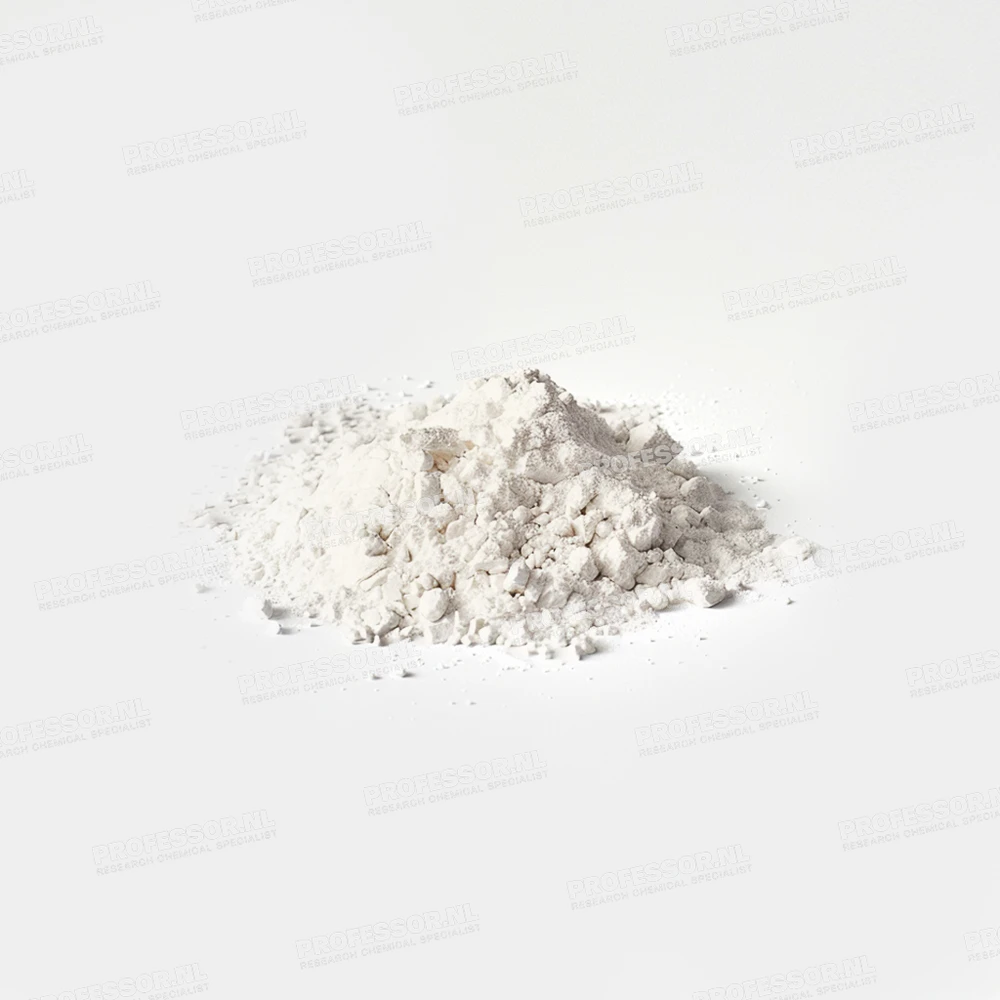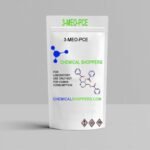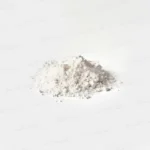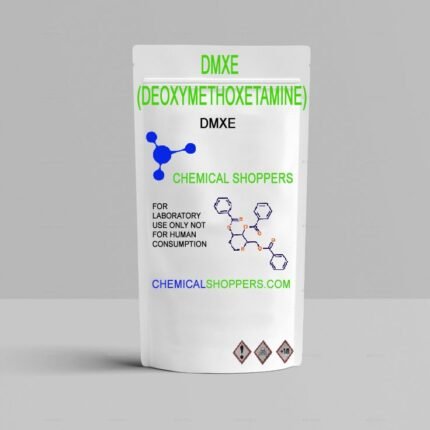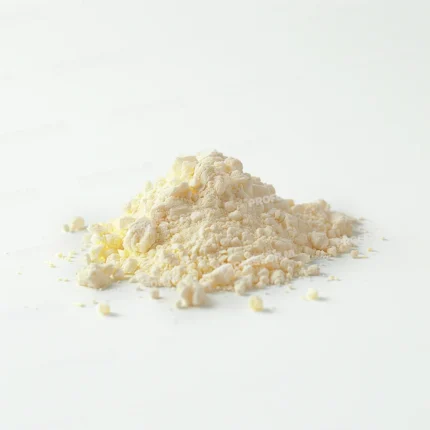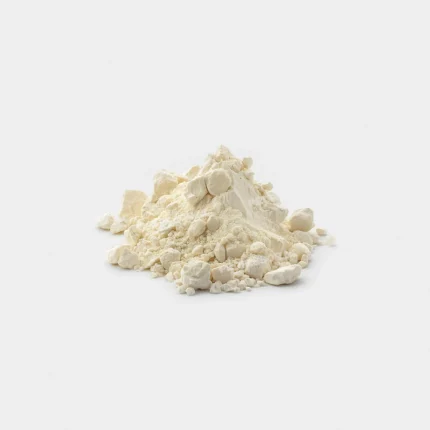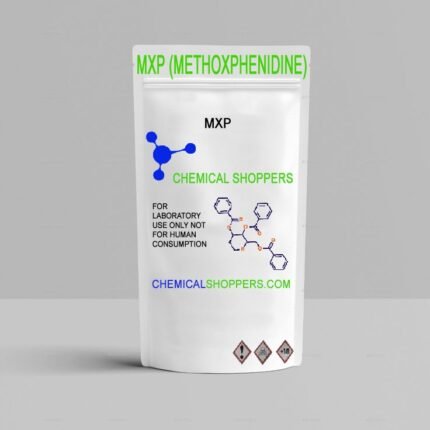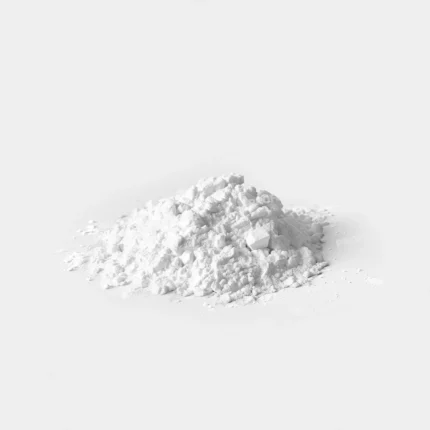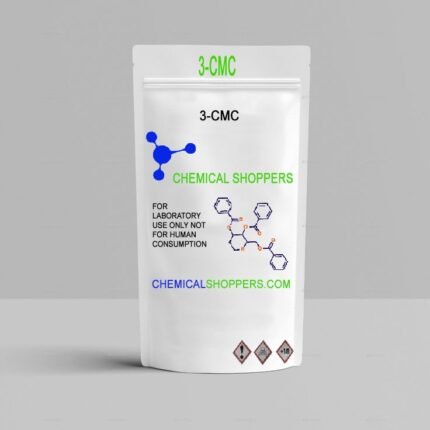3-MeO-PCE
3-MeO-PCE is a substance that is only sold for research purposes and is therefore not intended for consumption.
3-MeO-PCE will remain stable for up to 2 years when stored in the right environment. 3-MeOPCE is intended for research purposes and not for consumption. Therefore, it is important to store the product out of the reach of children and pets.2C-E
We offer good quality research chemicals for a fair price. Your order will be shipped within 24 hours every day. Order now 3MeOPCE safe and fast via !
3-MeO-PCE properties
Synonym: 3-methoxyeticyclidine
CAS Number: 1364933-80-1
Formula: N-ethyl-1-(3-methoxyphenyl)cyclohexan-1-amine
Molar mass: 269.8 g/mol
Purity: >97%
What is 3-MeO-PCE?
3-MeO-PCE is a compound belonging to the arylcyclohexylamine class of dissociative agents. It is chemically related to agents such as phencyclidine (PCP) and ketamine. The '3-MeO' in the name stands for '3-Methoxy', which indicates the presence of a methoxy group (-OCH3) at a specific location on the molecule.
The origins of 3-MeO-PCE go back to scientific research and exploration in the field of medicinal chemistry. Researchers were looking for the effects and possible applications of new compounds with structural similarities to PCP and ketamine. By changing the molecular structure, they wanted to create derivatives with different properties and effects.
The synthesis of 3-MeO-PCE involved carefully planned chemical reactions and procedures. Starting from suitable precursor compounds, the scientists used synthetic techniques such as condensation, reduction, and purification to obtain the desired product. The process required expertise in organic chemistry and the use of specialized equipment and reagents.
After synthesis, 3-MeO-PCE was extensively tested and evaluated in laboratories. Researchers conducted experiments to investigate its pharmacological properties, such as its interaction with brain receptors and its effects on the central nervous system. They used various analytical techniques to assess its potency, duration of action, and other relevant characteristics.3-MEC
Research into 3-MeO-PCE and related compounds is essential to expanding our knowledge of the effects and mechanisms of dissociative substances. However, it is crucial to approach these substances with caution and to adhere to legal and ethical guidelines. Responsible research allows scientists to gather valuable information that can contribute to advances in various scientific disciplines.cv
How did 3-MeO-PCE come about?
The origins of 3-MeO-PCE go back to the fascinating field of chemical synthesis and exploration. Researchers, with a keen interest in understanding the effects and properties of certain compounds, sought to develop new substances that could shed light on various aspects of medicinal chemistry.
The creation of 3-MeO-PCE involved a series of intricate and precise laboratory procedures. The scientists used their expertise in organic chemistry to design a synthetic route that would yield the desired compound. They carefully selected and combined specific precursor materials and subjected them to various chemical reactions and transformations.
Research into 3-MeO-PCE and similar compounds has contributed to advances in medicinal chemistry, neuroscience, and related fields. By studying the interactions of these compounds with receptors in the brain, researchers have gained insight into their potential therapeutic applications or their role in improving our understanding of the intricate workings of the central nervous system.ghg
Hazard statement
3-MeO-PCE may cause respiratory irritation
3-MeO-PCE may cause eye irritation.
Discharging research chemicals into the environment is prohibited.
3-MeO-PCE IN EYES: Rinse eyes cautiously with water for five minutes. Remove contact lenses, if present and easy to do.
3-MeO-PCE IN CONTACT WITH SKIN: Wash skin with soap and water.4-HO-MET Fumarate
AFTER INHALATION OF 3-MeO-PCE: Remove victim to fresh air and keep victim in a position comfortable for breathing.3-MEO-PCP

